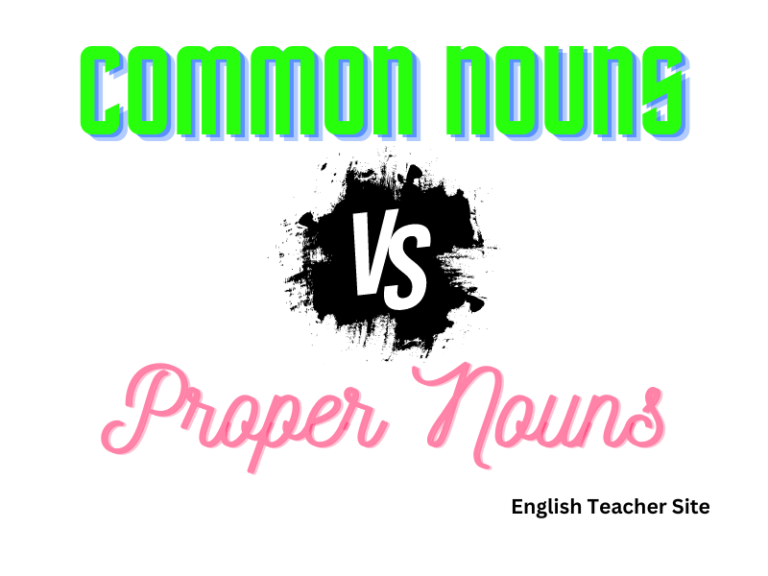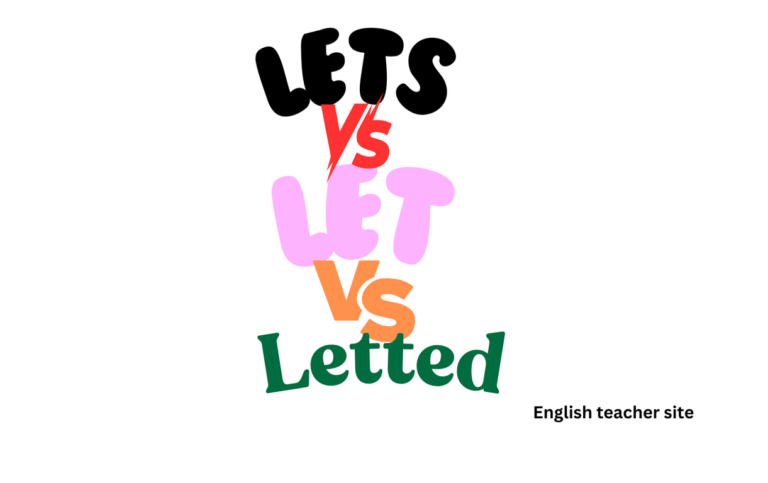Plural of Series Explained: The Simple Truth You Need to Know

Clearing Up the Confusion Around the Plural of Series
The plural of “series” often confuses English learners and native speakers alike. This is primarily because of the word’s unique behavior. In the English language, most nouns follow a regular rule for forming plurals—simply adding an “s” or “es.” However, “series” stands as an exception to this rule. The confusion arises because “series” remains the same whether it’s singular or plural. You don’t add an “s” to make it plural, and you don’t change it to another form. Instead, understanding the context in which it’s used is crucial.
Common misconceptions include thinking that “series” should have a separate plural form (such as “serieses” or “serieses”), but the truth is that the word doesn’t change in these cases. Recognizing this fact allows speakers and writers to use it with confidence and accuracy.
Understanding the Plural Form of Series
The Straightforward Truth: Series Is Both Singular and Plural
The word “series” is one of the rare exceptions in the English language where the singular and plural forms are identical. Unlike regular nouns, which require a change in their structure to indicate plurality (like “box” becoming “boxes”), “series” remains unchanged regardless of whether it refers to one or more collections.
This can be perplexing at first. It’s essential to understand that “series” is inherently both singular and plural depending on the context. The key factor is determining whether you’re talking about one set of related things or multiple sets. While this might seem counterintuitive, the context in which “series” is used will tell you whether it’s acting as a singular or plural noun.
The Role of Context in Determining Whether “Series” Is Singular or Plural
In practice, determining whether “series” is singular or plural is largely contextual. For example, in the phrase “This is an interesting series,” “series” is singular, referring to a single set of related events, books, or shows. In contrast, “The two series of books are very popular” uses “series” in a plural sense, as it refers to two distinct sets.
The word itself doesn’t change, but its meaning is influenced by the surrounding context. Therefore, recognizing the context is the secret to using “series” correctly, both in speech and writing.
Understanding the Difference Between Collective Nouns and Plural Forms
Understanding collective nouns is key to understanding how “series” works. Collective nouns refer to a group but are considered singular in form, such as “team,” “group,” or “audience.” In this way, “series” behaves like a collective noun, as it refers to multiple items grouped together, yet still takes a singular form when discussed collectively. This can lead to confusion, as people sometimes mistakenly try to pluralize these terms when they are already plural by nature.
When and How to Use Series in Sentences
Using Series Correctly in Singular and Plural Contexts
The primary challenge with “series” is knowing how to use it appropriately. When referring to a singular collection or set of items, “series” remains unchanged. For example, “The series on climate change is informative.” When discussing more than one series, the word “series” is still used without alteration. For example, “There are many fascinating series on Netflix.” The context makes it clear whether you’re talking about one series or multiple.
Examples of Both Singular and Plural Uses of Series in Sentences
In sentences such as “This series of books is my favorite,” the singular form is used because it references one series. However, in “There are several successful series on television,” the plural meaning is evident even though the word “series” itself doesn’t change.

Common Mistakes with the Plural of Series
Typical Errors People Make When Using Series in Plural Form
A common error people make is attempting to add an “s” to “series” to indicate plural. For instance, “serieses” is often mistakenly used when talking about multiple sets or collections. However, “series” remains unchanged, whether singular or plural.
Why People Sometimes Incorrectly Add an “S” at the End of Series
The temptation to add an “s” at the end of “series” comes from misunderstanding how plural forms work with irregular nouns. Many are accustomed to simply adding “s” to a word to make it plural, but with “series,” this doesn’t apply. The confusion often arises because other nouns behave differently, so it’s important to recognize the difference.
How to Spot and Correct These Mistakes
To avoid the mistake of adding an “s,” simply remember that “series” is an exception to regular pluralization rules. Pay close attention to context: if you’re referring to one collection, “series” remains singular, but if you’re discussing multiple collections, it’s still “series.” Spotting this error is easy once you understand the rule, and correcting it becomes second nature.
Conclusion: Mastering the Plural of Series
Mastering the plural of “series” is an essential skill for effective communication. Recognizing that “series” does not change form, regardless of singular or plural use, simplifies grammar and prevents common mistakes. By applying this rule consistently, you can speak and write with greater clarity and precision. With practice, using “series” correctly will become second nature, and you’ll be able to apply this knowledge confidently in both casual and formal contexts.
Sources
My name is Khamis Maiouf. I am the creator of the English Teacher Site, dedicated to providing valuable resources and insights for students around the world. With a passion for education and a commitment to helping students enhance their skills, I aim to make English teaching more effective and enjoyable for both educators and students.






